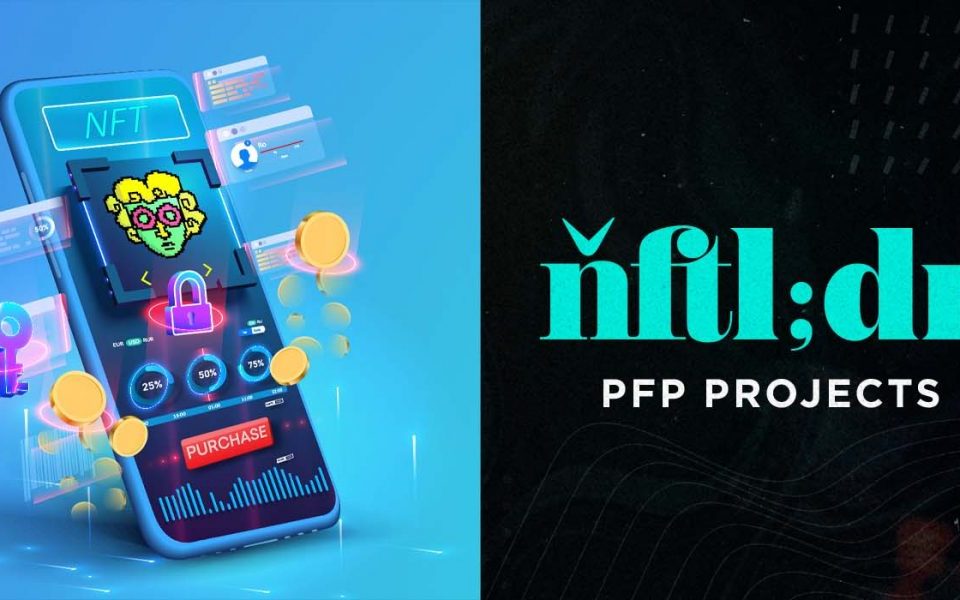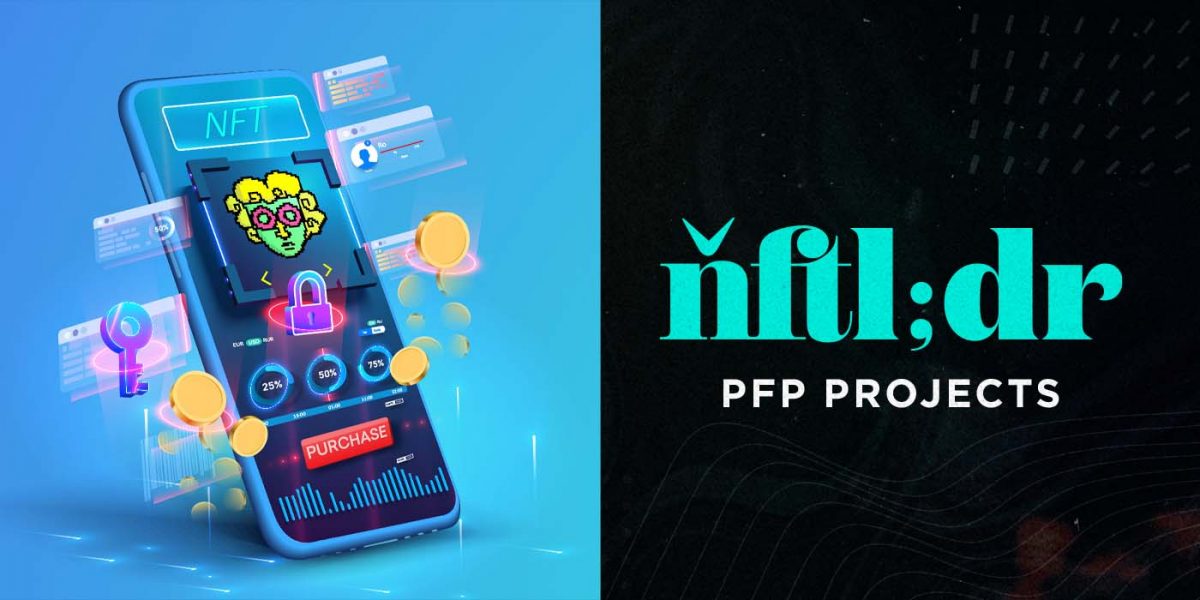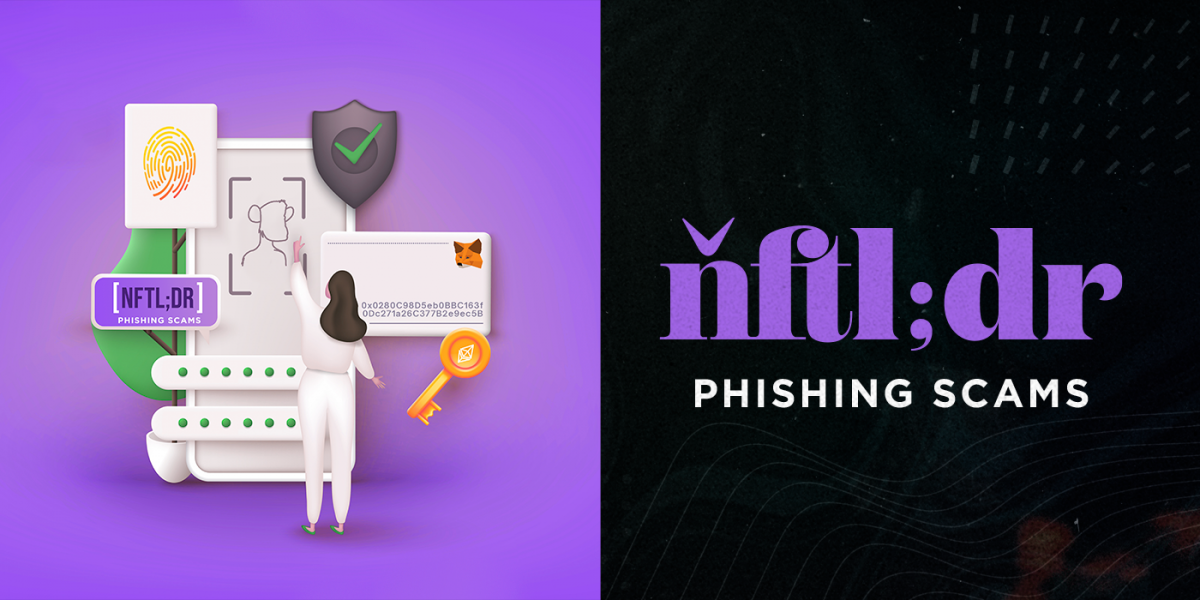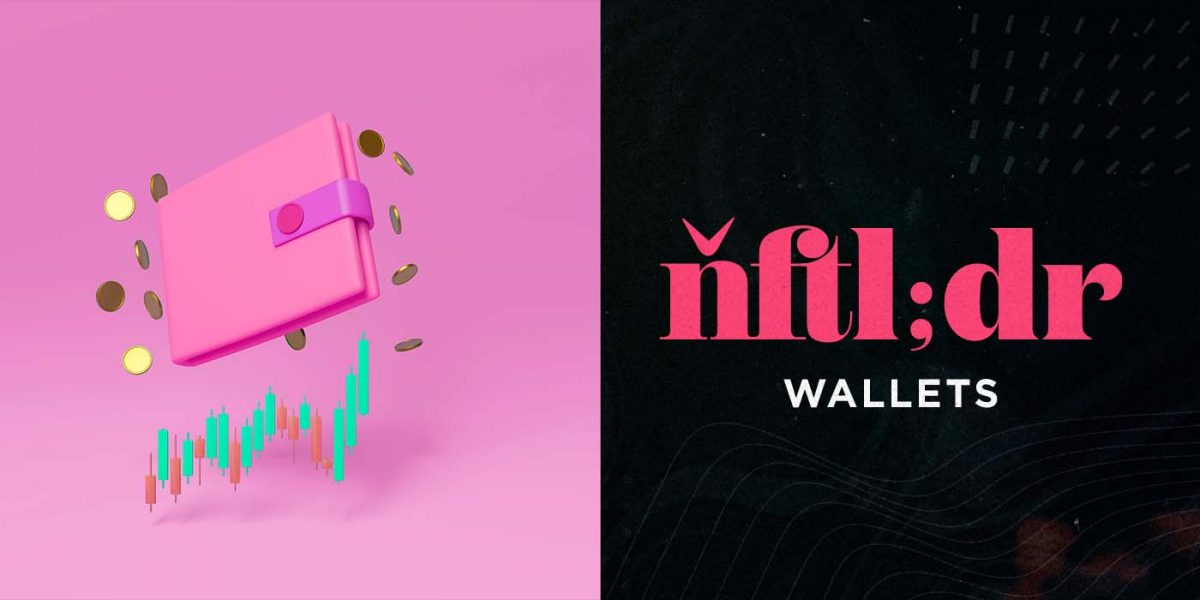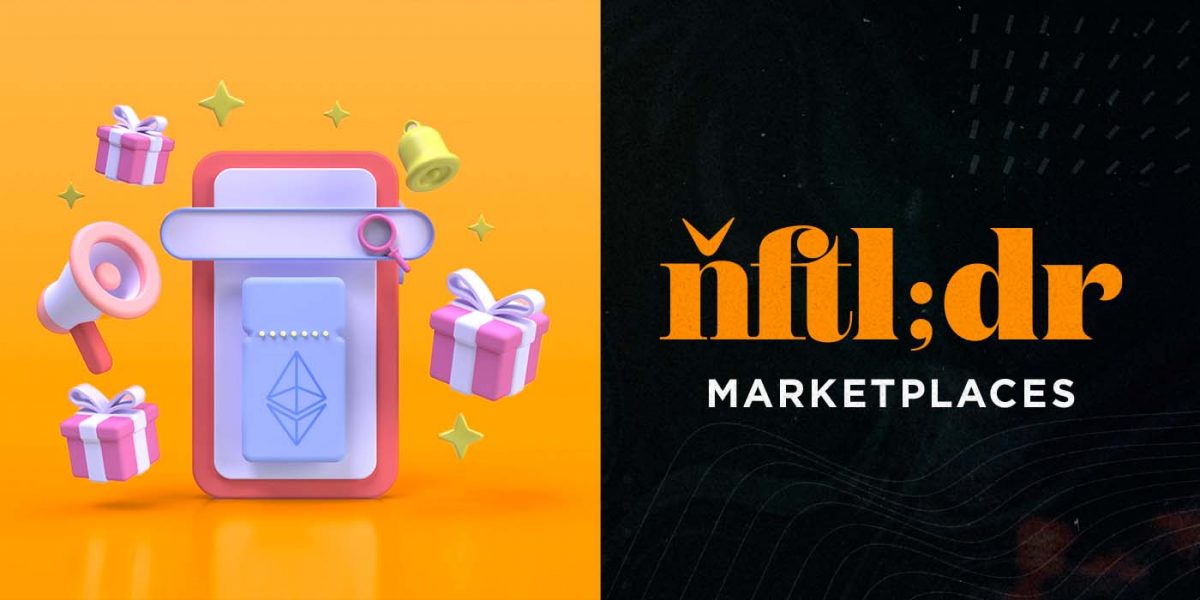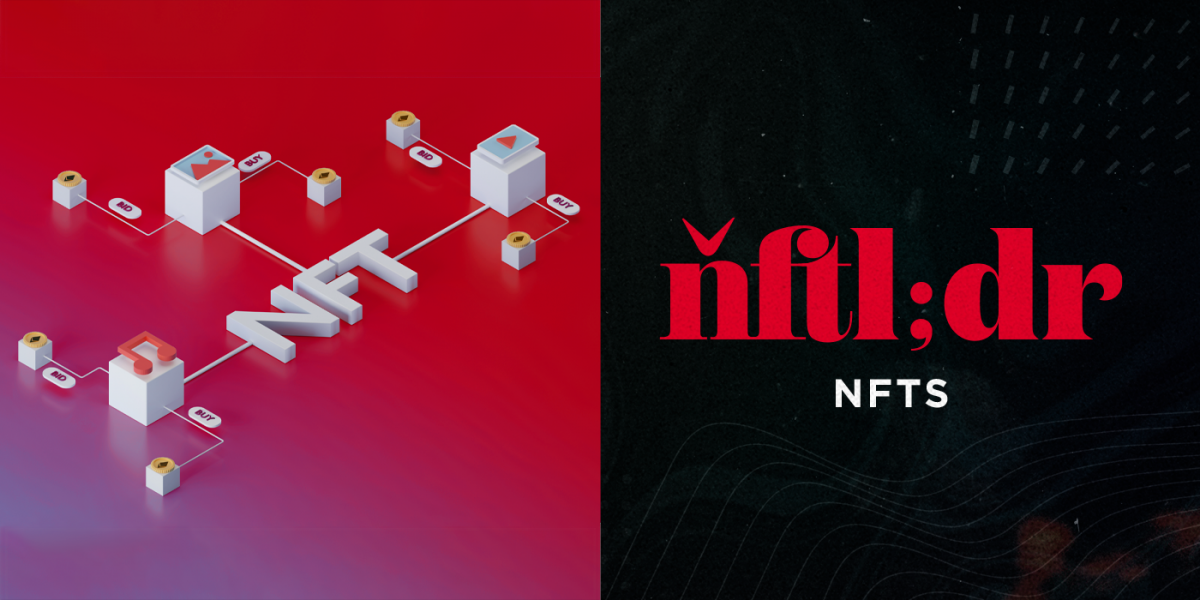NFTL;DR | NFTs vs Crypto Explained in Under 400 Words
If you’re having trouble understanding the difference between cryptocurrency and NFTs, we’ve got you covered with our NFTs vs. crypto guide. But if you need an even shorter explanation, you’re in the right place. We’ve created a bite-sized explainer on what they are, how they interact, and their main differences. Let’s dive right in.
What is Crypto?
Cryptocurrencies are blockchain-based digital currencies secured via cryptography. Because they’re so highly protected, they’re nearly impossible to counterfeit or double-spend. Bitcoin (BTC) and Ethereum (ETH) are the most well-known cryptocurrencies out there, but thousands exist.
Anyone can buy and sell cryptocurrencies on decentralized exchanges, like OpenSea and Binance. You’ll need a place to store that digital money, so you’ll have to set up a crypto wallet before you buy. You can use crypto to purchase things like NFTs, but many see these currencies as a trading and investment tool due to their volatility and their (occasionally) soaring values.
Just like fiat currency, cryptocurrencies are fungible. If you have a five-dollar bill and someone asks you to trade it for their five-dollar bill, you wouldn’t care. Any five-dollar bill is as good as any other. Cryptocurrencies are no different. Five ETH in my digital wallet is interchangeable with 5 ETH in someone else’s digital wallet.
What are NFTs?
NFT stands for non-fungible token. Like cryptocurrencies, they are digital tokens that exist on the blockchain. But where cryptocurrencies are fungible, NFTs are unique.
Think of a physical object you own that’s special to you, and of which there exists only one. This might be a signed painting, a collector’s item like a baseball card or a stamp, or a first-edition print of a book.
These things are non-fungible. If someone asked you to trade your painting for a signature-less reprint, you would refuse. They contain the same image, and maybe even exhibit a similar level of visual quality, but they are not at all interchangeable. They are non-fungible. Even if someone took a high-resolution, perfectly framed picture of your original painting, it wouldn’t be authentic.
Now, apply the same principle to a digital painting that comes with a unique digital signature certified by its author, of which only a few official copies exist on the blockchain, and you’ve got yourself an NFT.
NFTs let digital assets be made (and immutably recognized as) unique, just like unique physical objects. If you own an NFT, it’s distinct from any other. Even if someone screenshots or downloads it, seemingly “stealing” it, they don’t own it, and the public blockchain record verifies this.
Want to know everything about NFTs? See our comprehensive guide. Prefer having the key points explained in under 400 words? See the other articles in our NFTL;DR series:
The post NFTL;DR | NFTs vs Crypto Explained in Under 400 Words appeared first on nft now.

